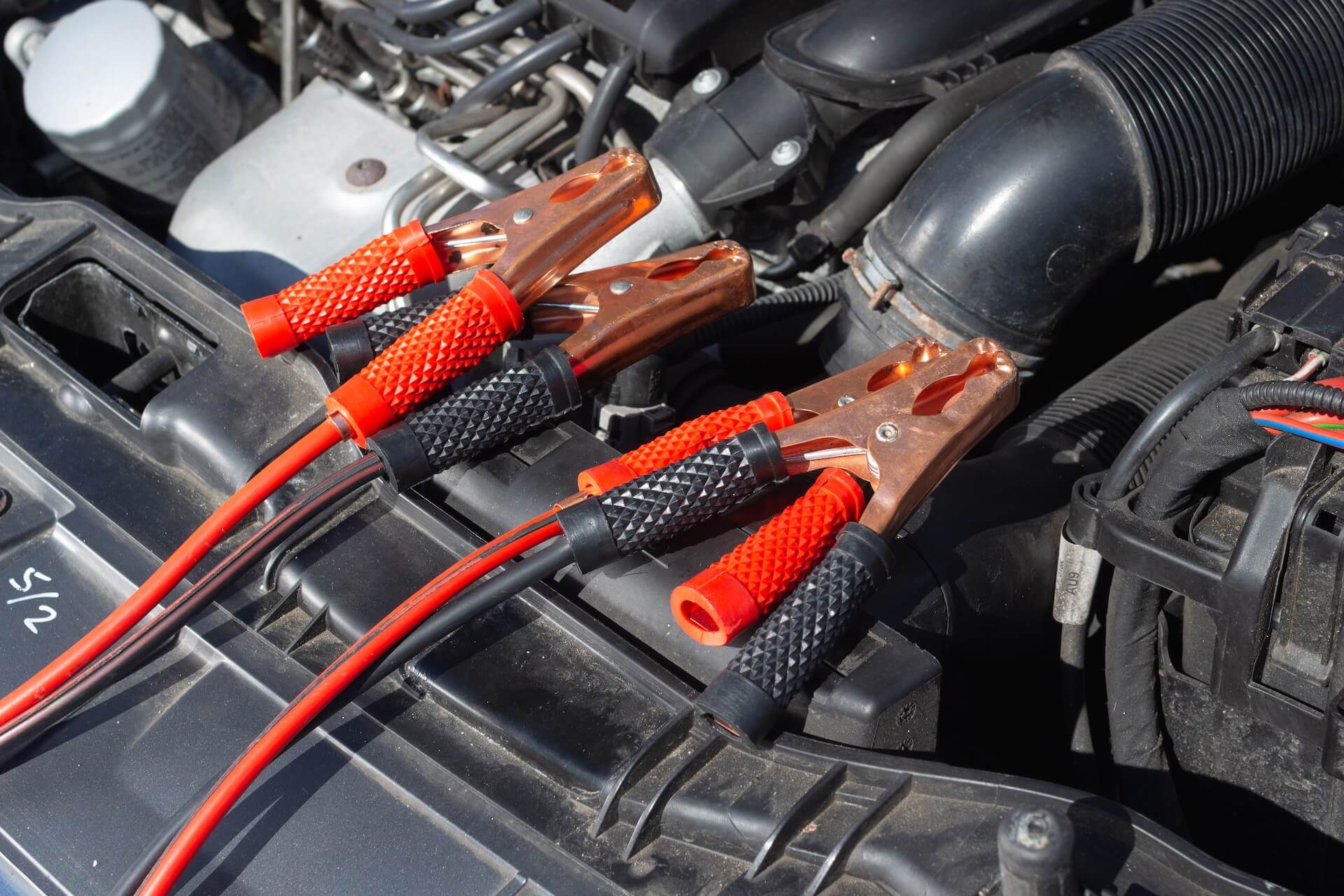How to Trace a Car Battery Drain When the Car Is Off

Here are the steps on how to trace a car battery drain when the car is off:
- Check the battery voltage. With the car off, the battery voltage should be at least 12.6 volts. If the voltage is lower than this, the battery may be weak or there may be a parasitic drain.
- Disconnect the negative battery cable. This will stop any current from flowing to the car's electrical system.
- Use a multimeter to check for current draw. The multimeter should be set to measure current in milliamps (mA). Connect the red lead of the multimeter to the positive battery terminal and the black lead to the negative battery terminal. With the car off, the multimeter should read 0 mA. If the multimeter reads anything other than 0 mA, there is a parasitic drain.
- Locate the parasitic drain. Start by disconnecting fuses one at a time. If the multimeter reading drops to 0 mA when a fuse is disconnected, that fuse is feeding a circuit with a parasitic drain. Once you have identified the fuse, you can trace the circuit to find the component that is causing the drain.
- Fix the parasitic drain. Once you have found the component that is causing the parasitic drain, you can fix it or replace it. If you are not comfortable working on electrical components, you may want to take your car to a mechanic to have the problem fixed.
Here are some additional tips for tracing a car battery drain:
- Make sure all of the car's accessories are off when you check the battery voltage and for current draw.
- If you have a newer car with a lot of electronic features, it may be difficult to find the parasitic drain with a multimeter. In this case, you may need to take your car to a mechanic with specialized equipment.
- If you find a parasitic drain that you can't identify or fix, you may need to replace the car's battery.
What is a Car Battery and What Does It Do?
A car battery is a rechargeable battery that provides the power to start your car's engine. It also powers the car's electrical system when the engine is not running, such as the headlights, radio, and power windows.
Car batteries are typically made of lead-acid cells. Each cell contains a lead anode and a lead cathode, which are submerged in an electrolyte solution of sulfuric acid and water. When the battery is connected to a load, a chemical reaction takes place in the cells, which produces electricity.
The amount of electricity that a car battery can produce depends on its size and its state of charge. A fully charged car battery can typically produce enough electricity to start a car's engine about 100 times. However, the battery's capacity will gradually decrease over time as it is used.
There are two main types of car batteries: flooded batteries and sealed batteries. Flooded batteries are the most common type of car battery. They are relatively inexpensive and easy to maintain. However, they require regular watering to prevent the electrolyte solution from drying out.
Sealed batteries are more expensive than flooded batteries, but they do not require watering. They are also more resistant to vibration and extreme temperatures. However, they are not as easy to repair if they fail.
If you think your car battery may be failing, there are a few things you can check. First, check the battery voltage with a multimeter. The voltage should be at least 12.6 volts with the car off. If the voltage is lower than this, the battery may be weak.
Second, check for any parasitic drains. A parasitic drain is a small amount of current that is constantly flowing from the battery even when the car is off. This can drain the battery over time. To check for parasitic drains, you can disconnect the negative battery cable and use a multimeter to measure the current draw. The current draw should be zero with the car off. If the current draw is anything other than zero, there is a parasitic drain.
If you have checked the battery voltage and for parasitic drains and you still think your car battery may be failing, you may need to have it tested by a mechanic. A mechanic can use a battery tester to determine the battery's state of health and whether it needs to be replaced.
Here are some tips for extending the life of your car battery:
- Avoid deep discharge. Deep discharge can damage the battery and shorten its lifespan. If you know you will be leaving your car for an extended period of time, disconnect the battery to prevent it from discharging.
- Keep the battery clean and free of corrosion. Corrosion can build up on the battery terminals and prevent a good connection. Clean the terminals with a wire brush and apply a coat of dielectric grease to prevent corrosion.
- Inspect the battery regularly. Check the battery voltage and for any signs of damage. If you notice any problems, have the battery tested by a mechanic.
By following these tips, you can help to extend the life of your car battery and avoid having to replace it prematurely.